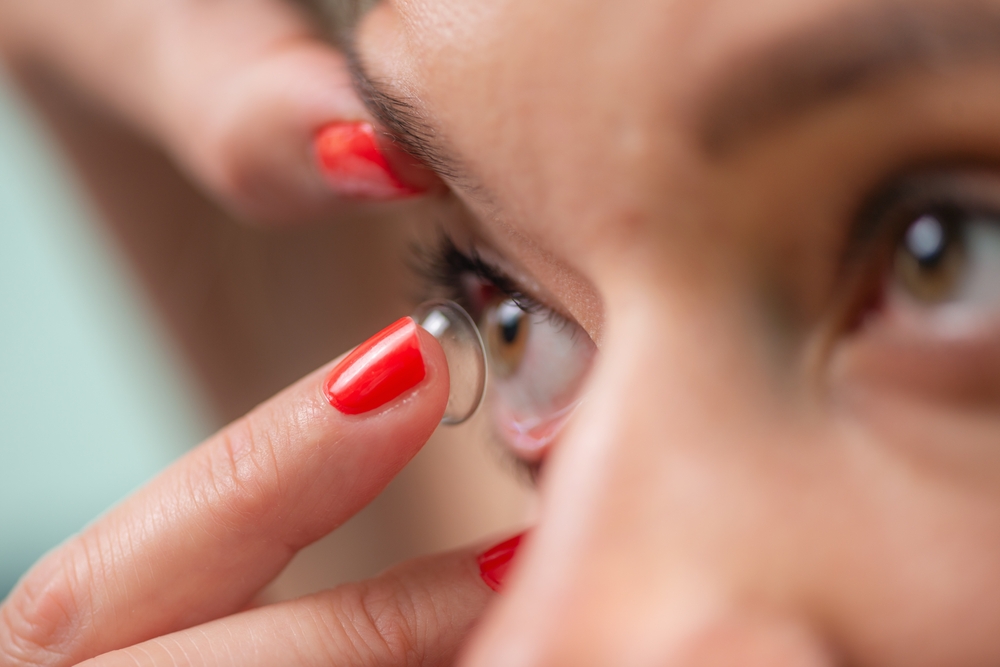How Eye Anatomy Affects Contact Lens Fit
Blog:How Eye Anatomy Affects Contact Lens Fit

How Eye Anatomy Affects Contact Lens Fit
When it comes to achieving clear, comfortable vision with contact lenses, one size certainly doesn’t fit all. The shape, size, and unique features of your eyes play a critical role in how well your lenses fit and how effectively they correct your vision. Understanding how eye anatomy influences contact lens fitting helps explain why a professional contact lens exam in Victoria, TX is essential for your eye health.
The Role of Corneal Shape and Curvature
Your cornea - the clear, dome-shaped surface at the front of your eye - is one of the most important factors in determining contact lens fit. During a contact lens exam, your Victoria optometrist measures the curvature of your cornea using specialized instruments.
Too flat or steep lenses: If a lens doesn’t match the cornea’s curvature, it can shift, feel uncomfortable, or cause blurry vision.
Custom measurements: Advanced tools like corneal topography create a detailed map of the eye’s surface, allowing for precise lens fitting tailored to your anatomy.
Pupil and Iris Size
The size of your pupil and iris (the colored part of your eye) affects how light enters your eye and interacts with your lenses. For example, in dim light, your pupils enlarge, which can influence lens performance - especially for multifocal or specialty contact lenses.
Tear Film and Eye Moisture
The tear film keeps contact lenses hydrated and comfortable. A healthy tear film allows the lens to stay centered and move properly with each blink. If your tear quality is poor, lenses can dry out quickly, leading to discomfort or redness. During your fitting, your optometrist will assess your tear film to determine which lens material and type will work best for your eyes.
Eyelid Position and Blink Pattern
Your eyelids and blink rate also affect lens movement. The upper and lower lids help keep the lens centered, so patients with unique eyelid anatomy or certain eye conditions may require specific lens designs for optimal comfort and stability.
The Contact Lens Fitting Process at Texas State Optical
At Texas State Optical, the contact lens fitting process begins with a comprehensive eye exam to evaluate your prescription and overall eye health. Next, your optometrist takes detailed measurements of your cornea and other eye structures to determine the best lens type and curvature. Trial lenses may be used to test comfort and vision before finalizing your prescription.
Why Proper Fit Matters
A properly fitted contact lens ensures:
Clear, stable vision
Long-lasting comfort
Reduced risk of eye irritation or infection
Healthier eyes over time
Find Your Perfect Contact Lens Fit at Texas State Optical
Your eyes are as unique as your fingerprint, and understanding how their anatomy affects contact lens fit is key to achieving the best visual experience. A professional contact lens exam in Victoria, TX ensures your lenses are customized for your exact needs - enhancing both vision and comfort.
Schedule your contact lens exam at Texas State Optical and experience the difference of a personalized fit designed just for your eyes. Visit our office in Victoria, Texas, or call (361) 578-2904 to book an appointment today.


